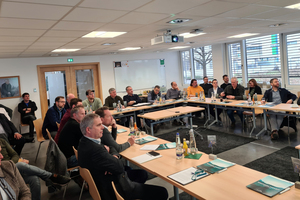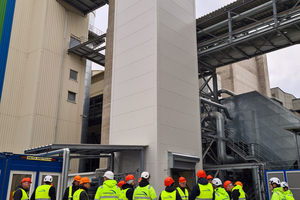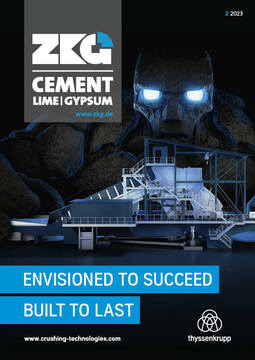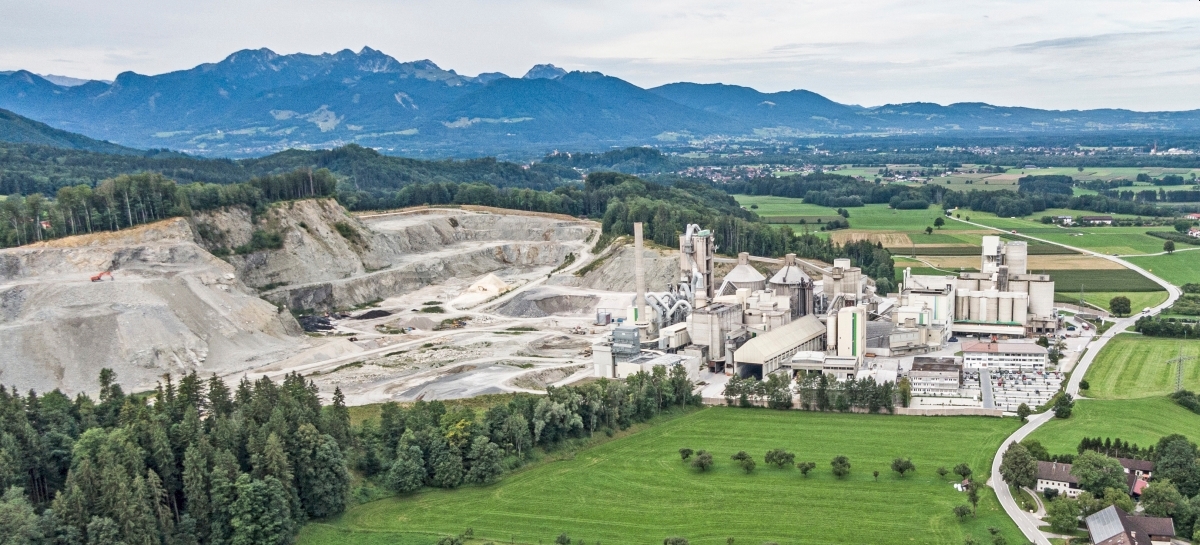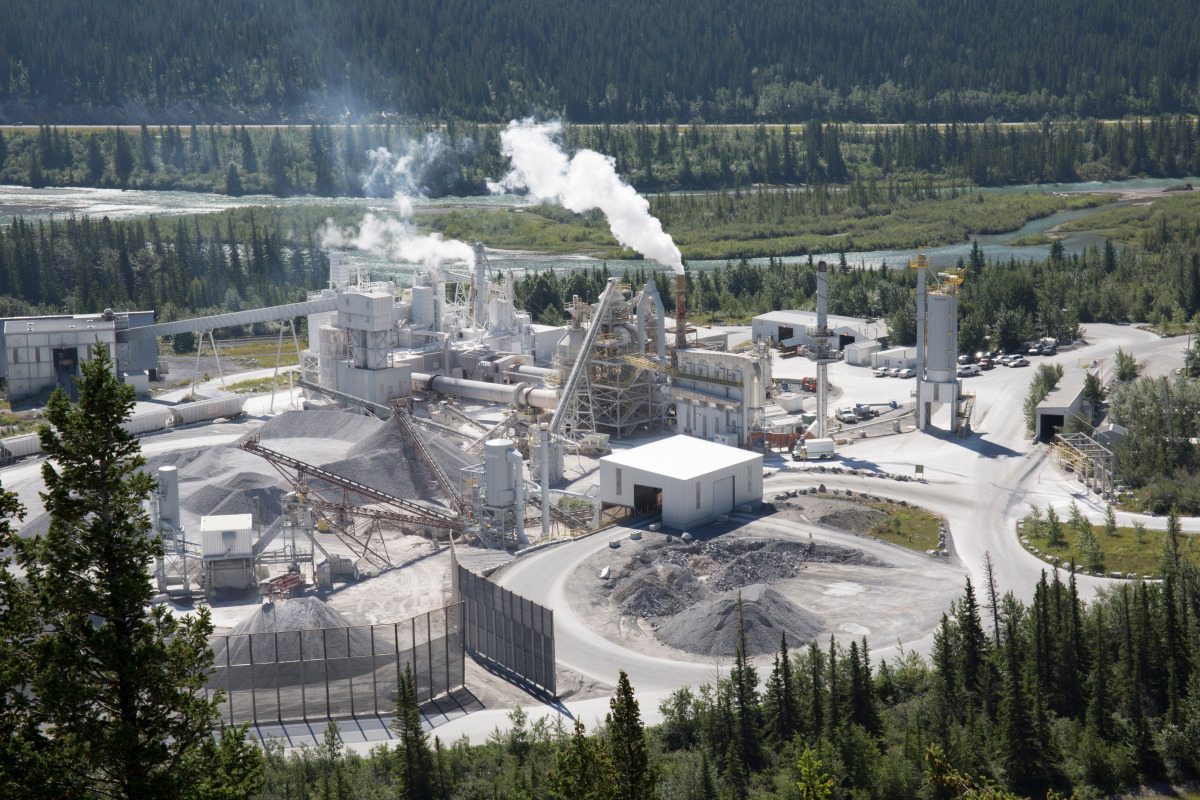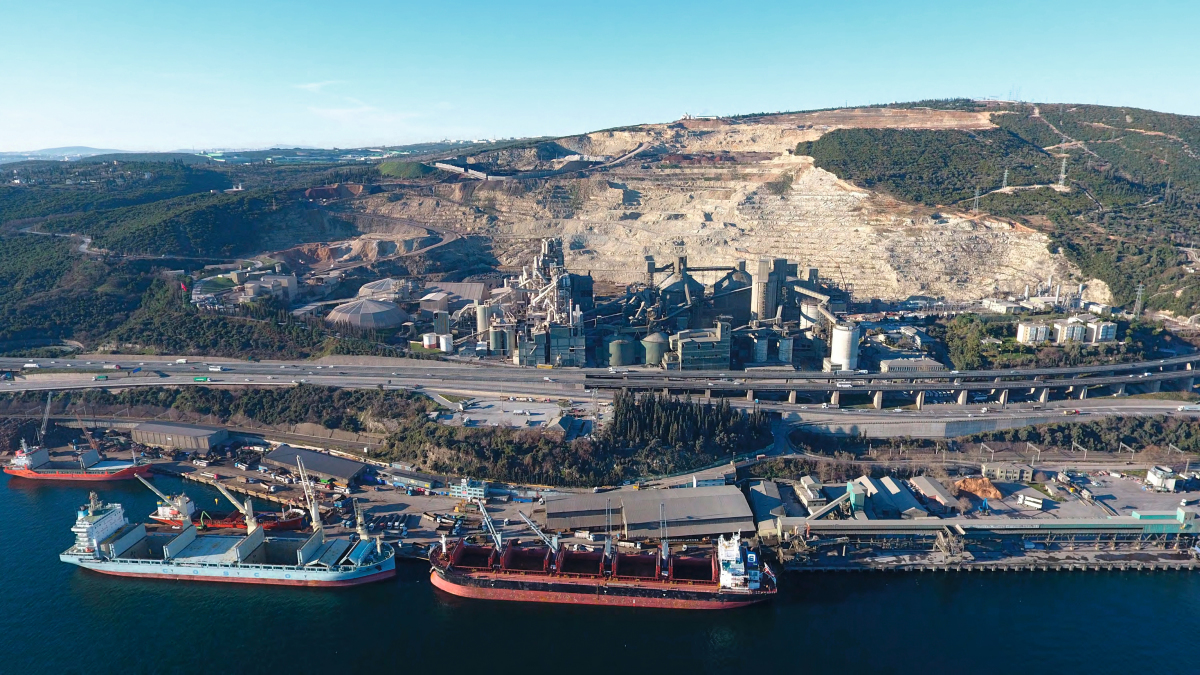“Concretes of the future“: Rohrdorfer informs about future effects of CO2 emissions trading
The avoidance of carbon dioxide in the production of cement and concrete is the central challenge for our society if it wants to stop climate change and at the same time meet its demand for building materials, which has been increasing for years. As a regional manufacturer of building materials, Rohrdorfer is also facing up to this task. For this reason, the company invited its customers to the event “Concretes of the Future” on 06.02.2023, where it informed the participants how the European emissions trading system affects the building materials industry and what effects can be expected on concrete as a building material.
Rohrdorfer pushes the development of CO2-reduced products
The reduction of carbon dioxide emissions in all manufacturing processes is the declared goal of the Rohrdorfer Group. The greatest leverage is offered by the production of cement, which is the basis of almost all Rohrdorfer products. In 2022, cement was produced at the Rohrdorf site with 40% less carbon dioxide than in 1990. The declared goal is CO2-neutral production by 2038, and Rohrdorf is more than confident of achieving the target thanks to various measures for CO2 avoidance and recovery. A “climate concrete” that is 25% CO2-reduced compared to the normal product is also already available in the product range. Technically, it is possible to produce concrete in such a way that no carbon dioxide is released into the atmosphere.
Policymakers are increasingly focusing on financial incentives for climate-friendly construction
The use of climate-friendly building materials is attractive for construction companies, and not just from a sustainability perspective. They already receive government subsidies if they demonstrably build in a CO2-reduced manner. The impact on the capital market is also already being felt today. Buildings are certified and the CO2 footprint has an influence on capital providers or subsidies. With CO2 emissions trading, politicians are setting framework conditions so that the cement industry ultimately invests in CO2-free production. With the revenues, the European Union finances the energy turn-around and the industrial transformation in which we already find ourselves. In order for Germany to achieve its climate targets, the pace here will pick up ever more rapidly, Rohrdorfer is certain. “Construction companies should already prepare themselves for the fact that the processes and conditions for construction projects will change significantly and costs will rise due to emissions trading. With our event, we showed our customers how they can already optimally position themselves for the future,” says Alexander Mangstl, Head of the Ready-Mix Concrete Division at Rohrdorfer.
While the morning was dominated by technical presentations, the guests visited the Rohrdorfer cement plant in the afternoon and took a close look at the equipment that contributes to CO2-reduced production. The highlight was the tour of Germany‘s first pilot plant for the recovery of carbon dioxide, which has been separating two tons of carbon dioxide per day since September 2022, which is converted into formic acid.
“Many interesting facts were imparted on the CO2 footprint of concrete,” says DI Bruno Doll, managing director of Doll GmbH from Seekirchen/Austria. “The fact that CO2 storage is already being thought about and planned so specifi-cally in Germany was a positive surprise to me. This gives us confidence that the changeover to CO2-neutral concretes can succeed within the envisaged time.”

